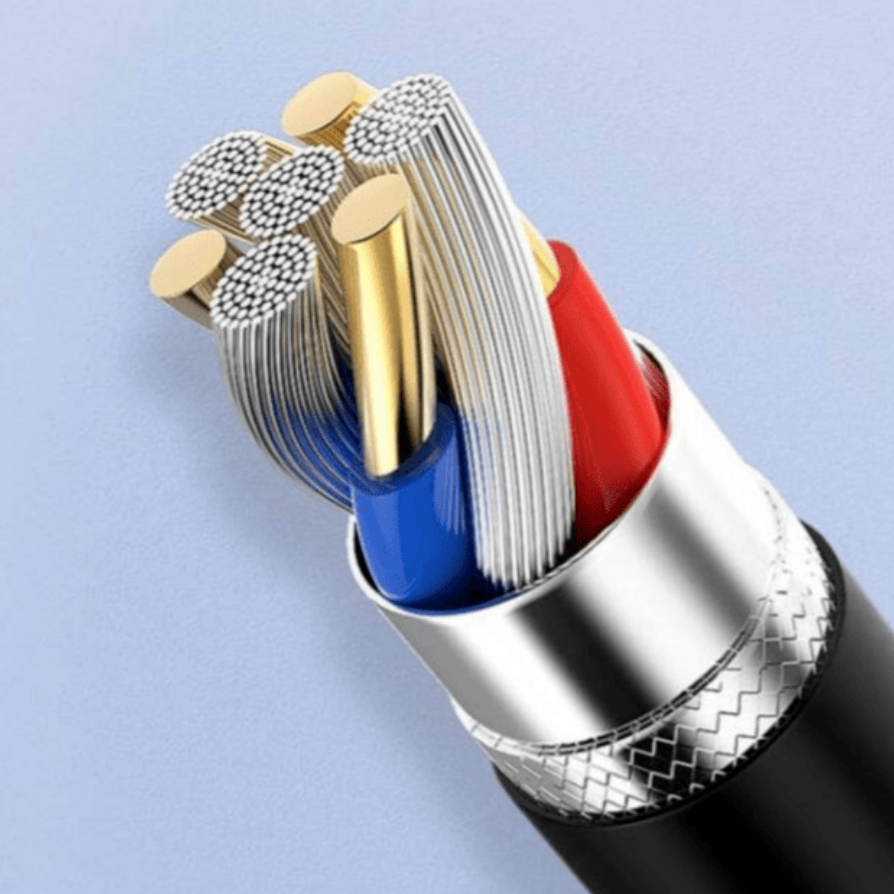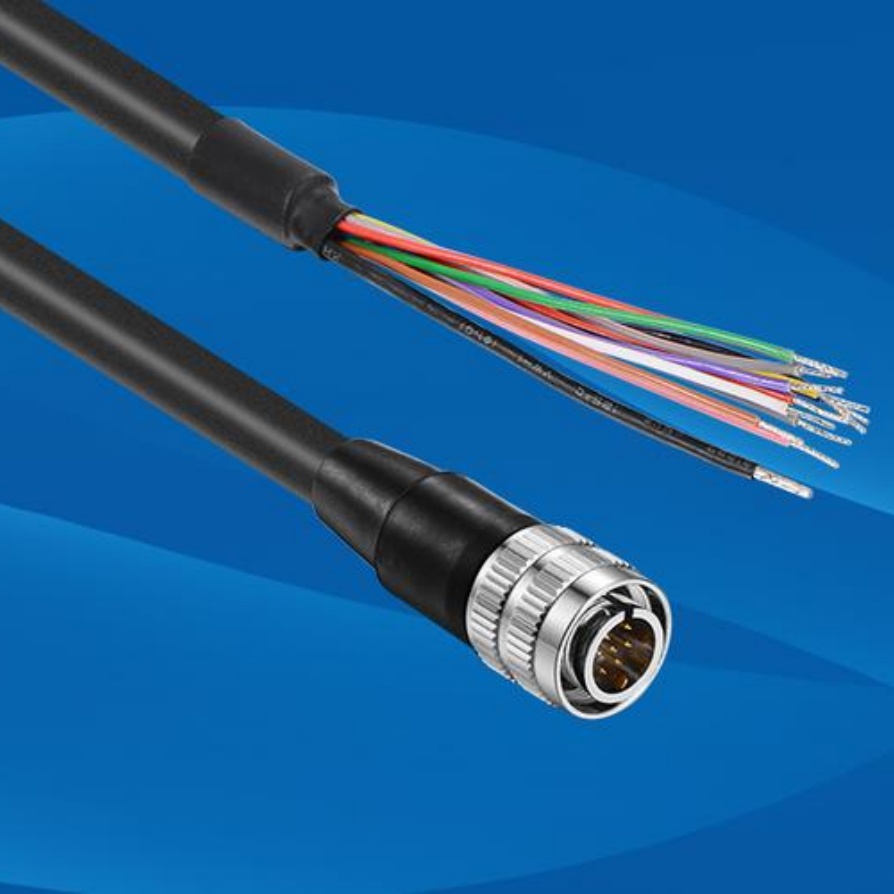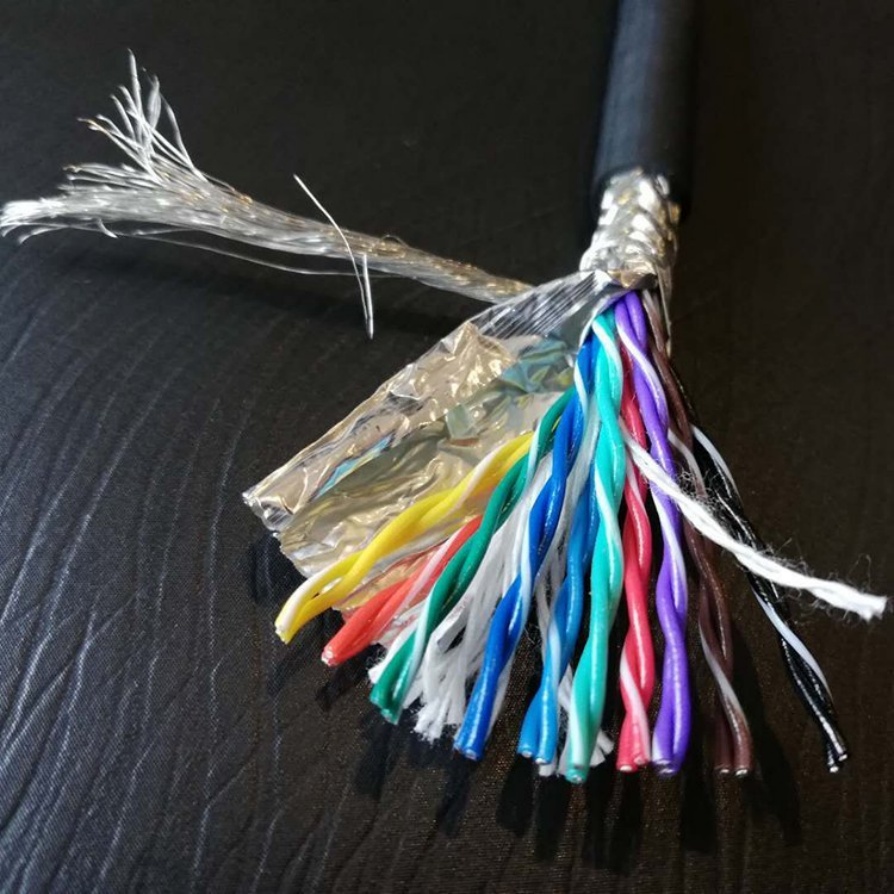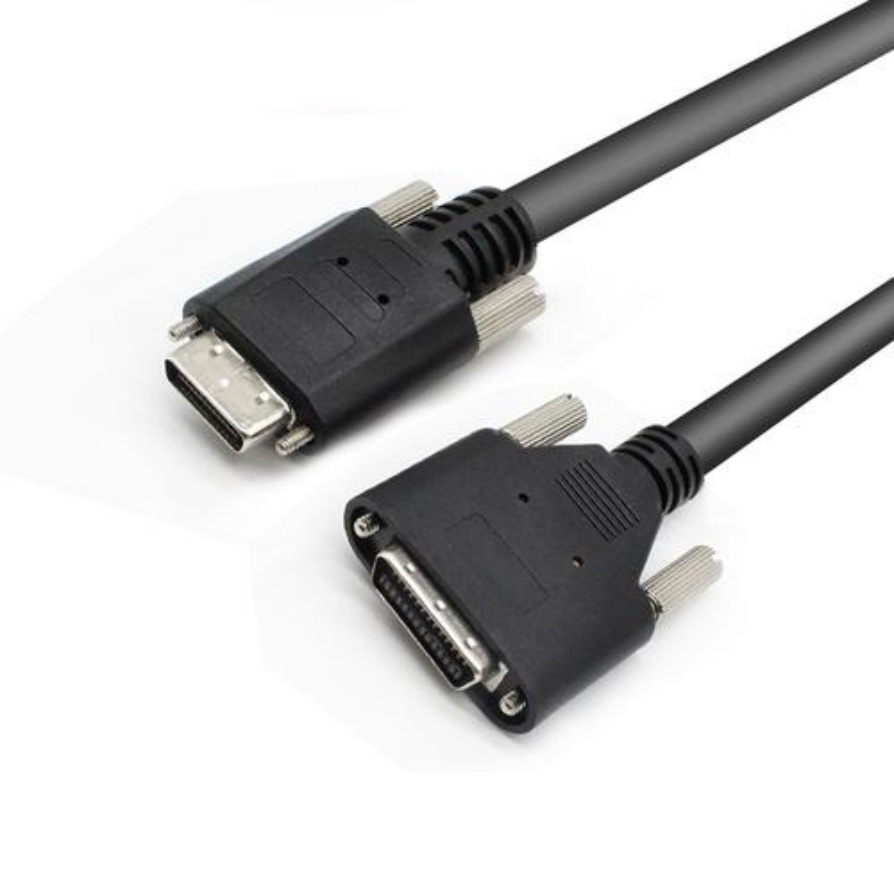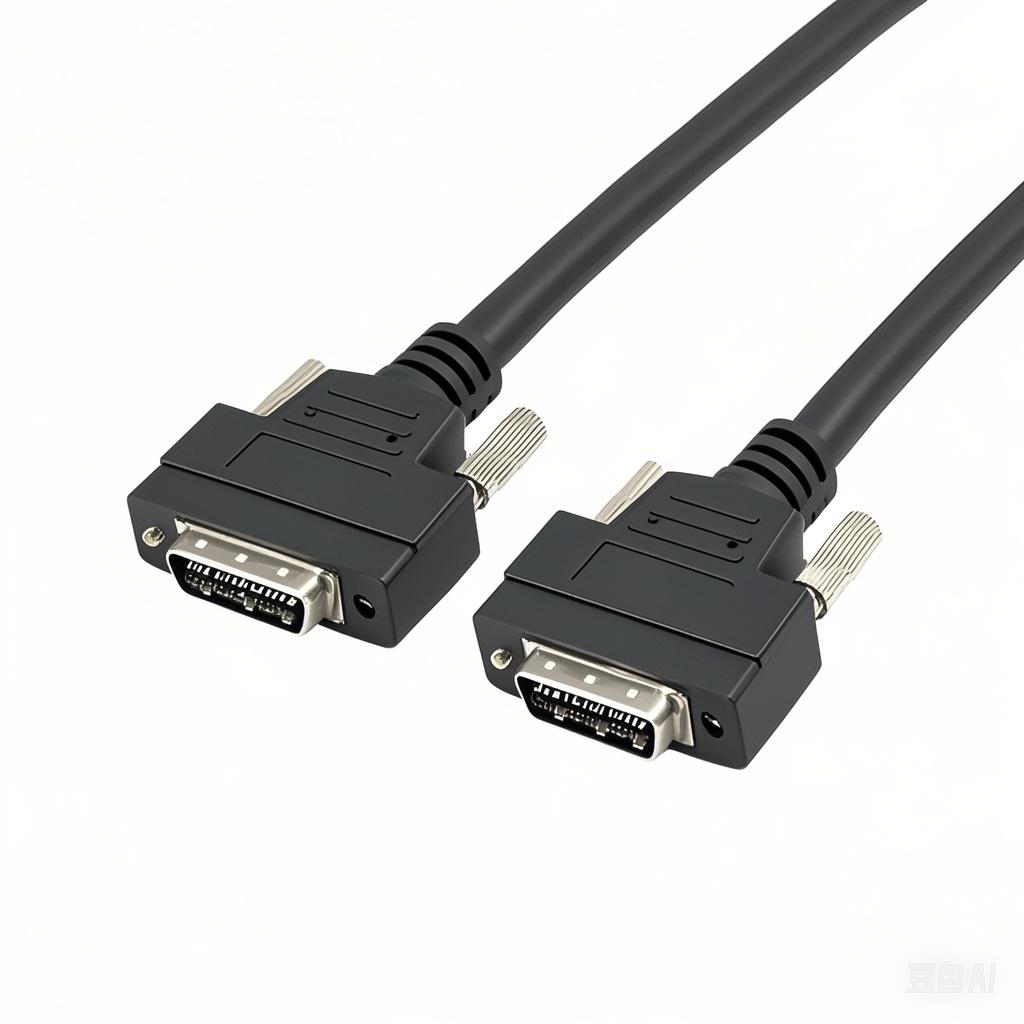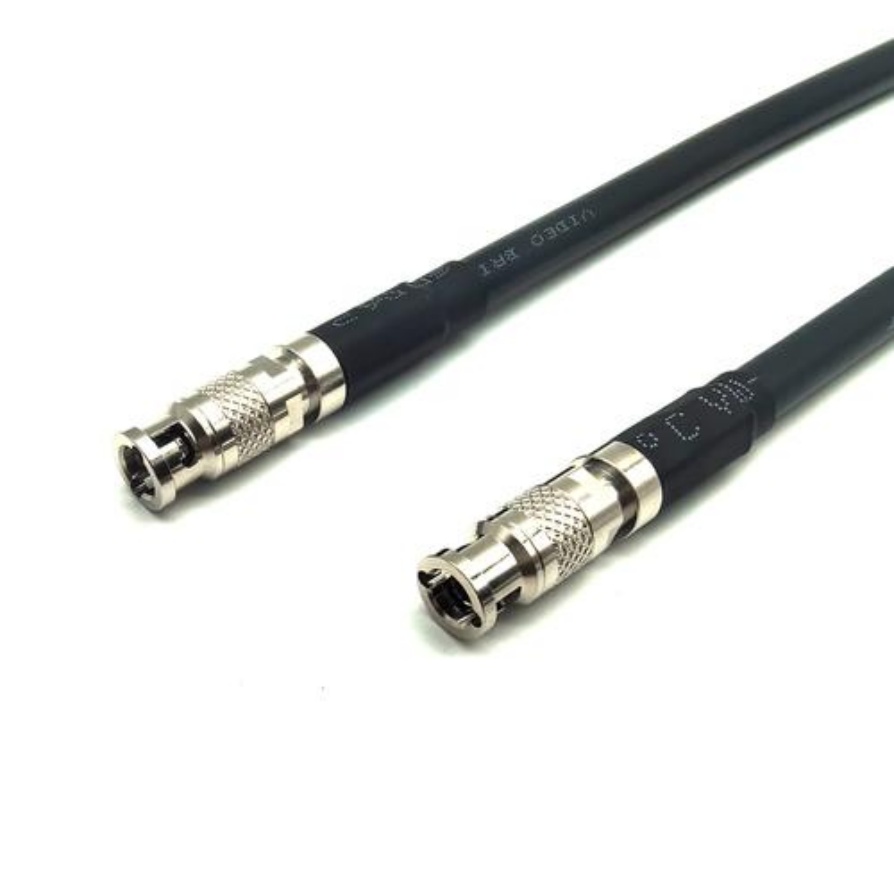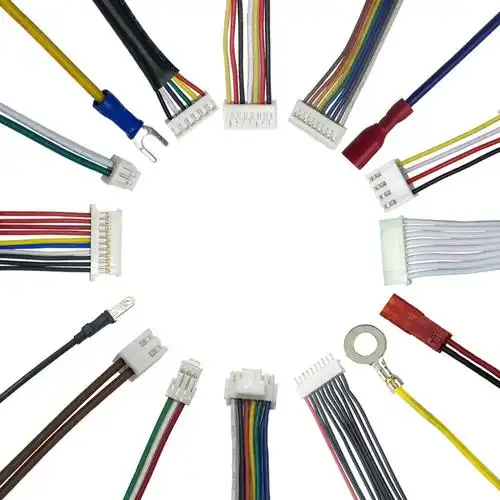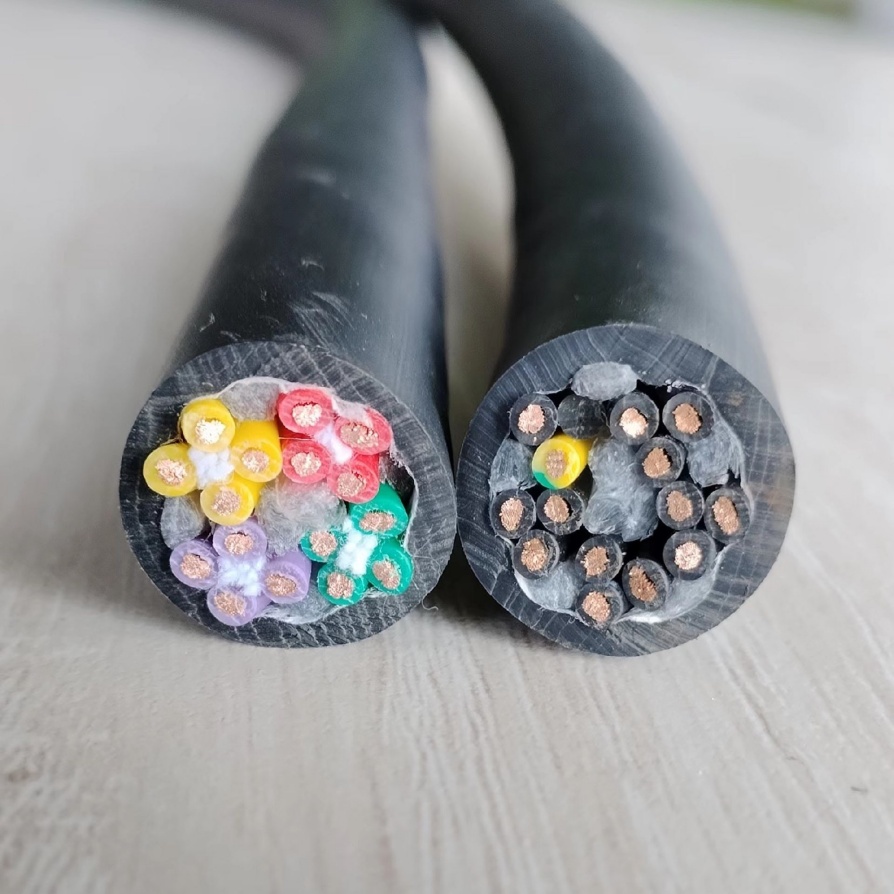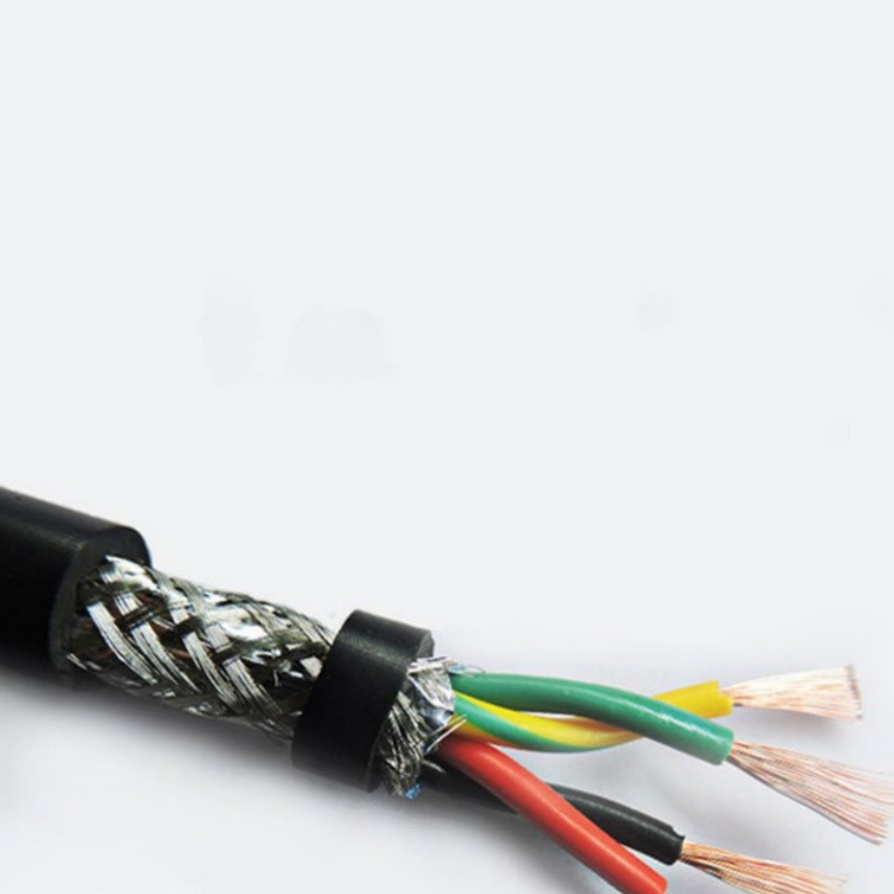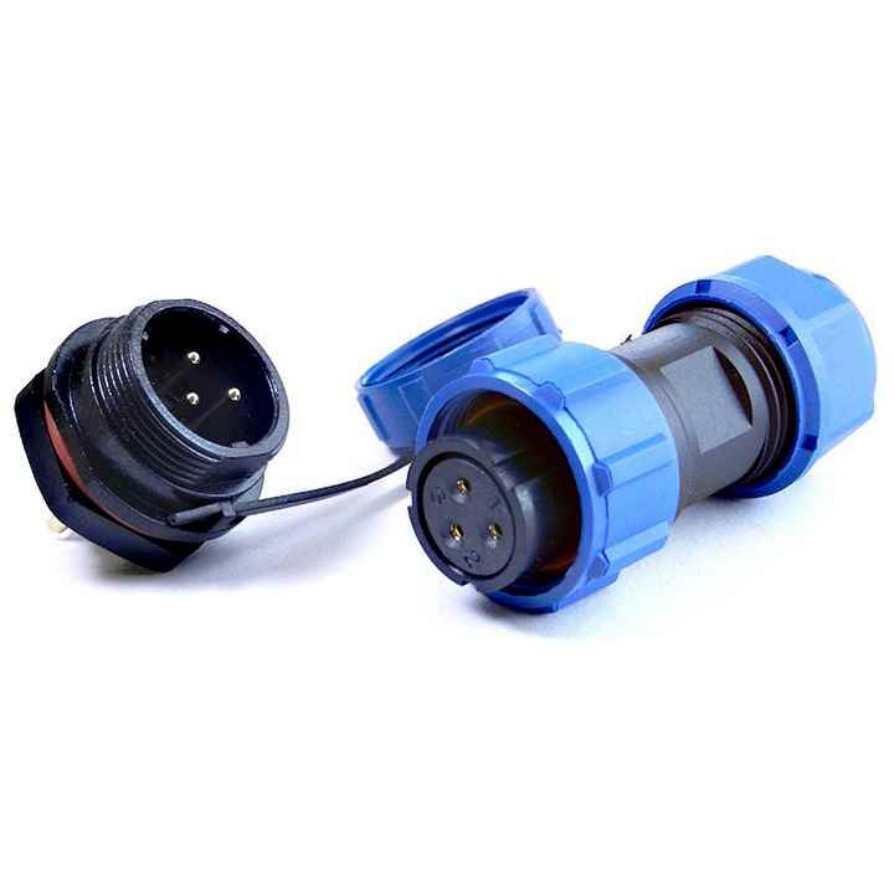How to choose machine cable for a material handling system
Material handling systems—such as conveyors, cranes, forklifts, and automated guided vehicles (AGVs)—are the backbone of manufacturing, warehousing, and logistics operations. Their reliability directly depends on machine cables, which transmit power, control signals, and data to drive motors, sensors, and automation components. Choosing the wrong cable can lead to frequent breakdowns, unplanned downtime, and increased maintenance costs. Below is a practical, step-by-step guide to selecting machine cables that match your system’s needs and ensure long-term performance.
1. Evaluate the operating environment first
The environment where the cable operates is the most critical factor, as it determines the cable’s durability against external stressors. Ignore this, and even high-performance cables will fail prematurely.
- Temperature extremes: For hot environments (e.g., near furnaces or in tropical warehouses), select cables with high-temperature-resistant insulation (e.g., silicone or fluoropolymer) rated for -40°C to 180°C. For cold storage (-20°C or lower), choose low-temperature flexible cables to avoid brittleness.
- Mechanical wear and tear: Cables in drag chains (common in AGVs or overhead cranes) need abrasion-resistant jackets (e.g., PUR or TPE) and a robust conductor structure to withstand repeated bending (up to 10 million cycles). For cables exposed to impact or heavy loads, opt for reinforced sheaths.
- Contaminants: In dusty, oily, or chemical-rich areas (e.g., automotive factories), use oil-resistant (UL 1015-compliant) and chemical-resistant cables. For wet environments (e.g., food processing), select water-proof cables with IP67 or higher ratings.
2. Match electrical performance to system requirements
Cables must deliver stable power and signal transmission without overheating or interference—this is non-negotiable for avoiding system malfunctions.
- Current capacity: Calculate the maximum current your system draws (e.g., from motors or hydraulic pumps) and select a cable with a conductor cross-section that can handle it. For example, a 5HP motor (3.7kW) typically requires a 4mm² copper conductor for 230V AC systems. Always account for voltage drop: longer cables (over 50m) need larger cross-sections to maintain voltage stability.
- Voltage rating: Choose a cable with a voltage rating higher than your system’s operating voltage. Most industrial material handling systems use 600V or 1000V cables, but high-voltage systems (e.g., large cranes) may need 3kV+ options.
- Signal integrity: For control or data cables (e.g., for position sensors or PLCs), use shielded cables (foil or braided shielding) to block electromagnetic interference (EMI) from nearby motors or power lines. This prevents signal loss that could cause incorrect positioning or system delays.
3. Consider mechanical flexibility and installation needs
Poorly matched flexibility can make installation difficult and shorten cable life—especially in tight or dynamic spaces.
- Flexibility grade: Static cables (fixed in place, e.g., for stationary conveyors) can be rigid (PVC jackets). Dynamic cables (moving parts, e.g., crane booms) need high flexibility, so look for “flexible” or “highly flexible” ratings and stranded conductors (instead of solid) to reduce fatigue.
- Installation constraints: For cables routed through narrow channels or tight bends, choose smaller-diameter cables without compromising on conductor size. For overhead installations (e.g., suspended conveyors), select lightweight cables with anti-torsion designs to prevent twisting.
4. Verify compliance and safety standards
Non-compliant cables pose safety risks (e.g., fire hazards) and may violate local regulations—this step ensures legal compliance and operational safety.
- International standards: Look for cables certified to IEC (IEC 60245 for flexible cables) or UL (UL 2556 for industrial cables) standards. For North American markets, CSA certification is often required.
- Safety features: Prioritize flame-retardant cables (UL 94 V-0 rating) to slow fire spread in case of short circuits. For systems with high safety requirements (e.g., medical supply handling), choose low-smoke zero-halogen (LSZH) cables to minimize toxic fumes during fires.
5. Test and validate before full deployment
Even with careful selection, real-world conditions can reveal unforeseen issues. Always test a cable sample first:
- Simulate your system’s operating conditions (e.g., temperature cycles, bending, or exposure to oil) for 1–2 weeks.
- Check for signs of degradation (e.g., jacket cracking, conductor overheating, or signal drop).
- Confirm the supplier provides technical support (e.g., custom cable designs for unique systems) and a warranty (minimum 1–3 years) to cover defects.
Choosing the right machine cable is not just about buying a component—it’s an investment in your material handling system’s reliability. Cutting corners on cable quality may save money upfront, but it leads to costly downtime and repairs later.
For businesses seeking cables that meet these exacting standards, FRS brand factory delivers tailored solutions for material handling systems. FRS cables are engineered to withstand harsh industrial environments (from -40°C cold storage to 180°C manufacturing floors), meet IEC/UL/CSA compliance, and offer flexible designs for dynamic or static applications. Whether you need high-current power cables for cranes or shielded signal cables for AGVs, FRS provides consistent quality, technical customization, and a 2-year warranty—so you can focus on keeping your operations running smoothly, not fixing cable failures.


